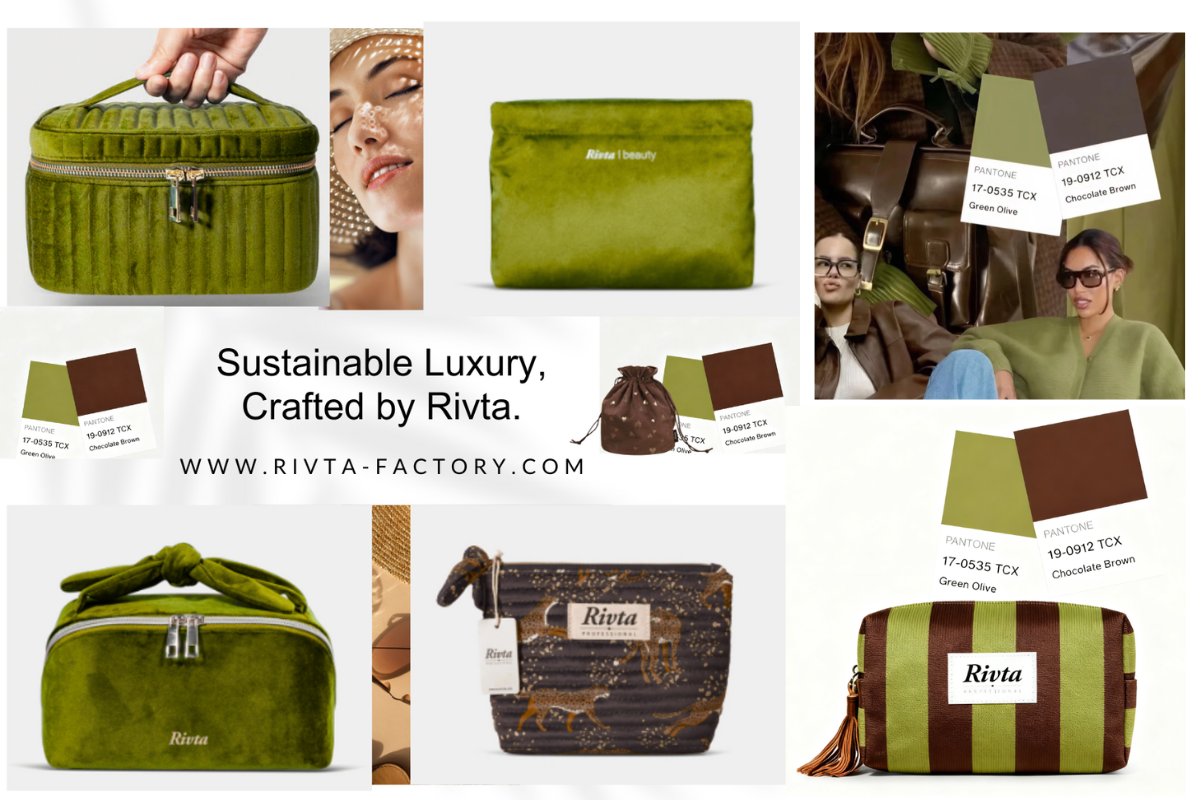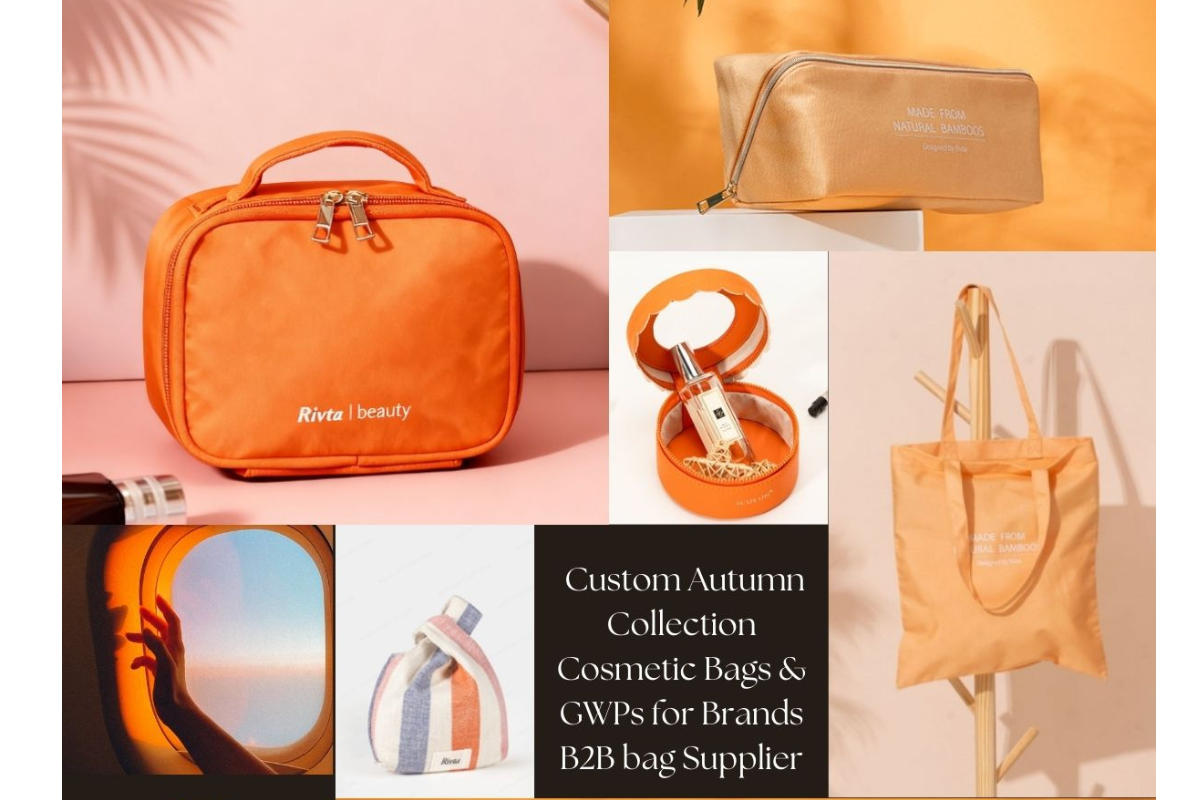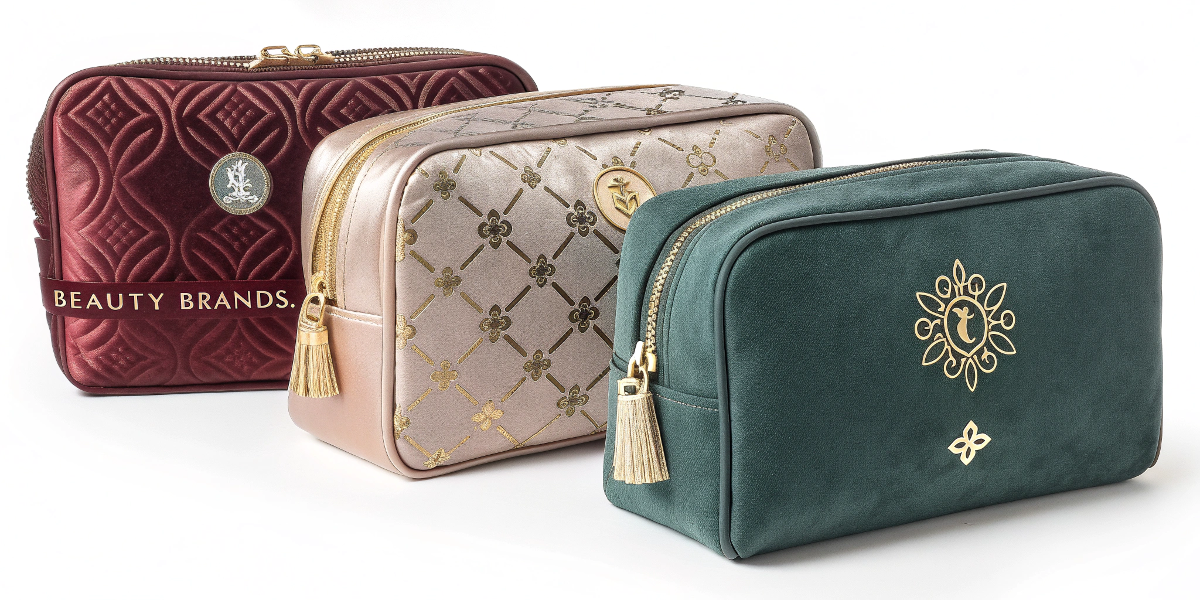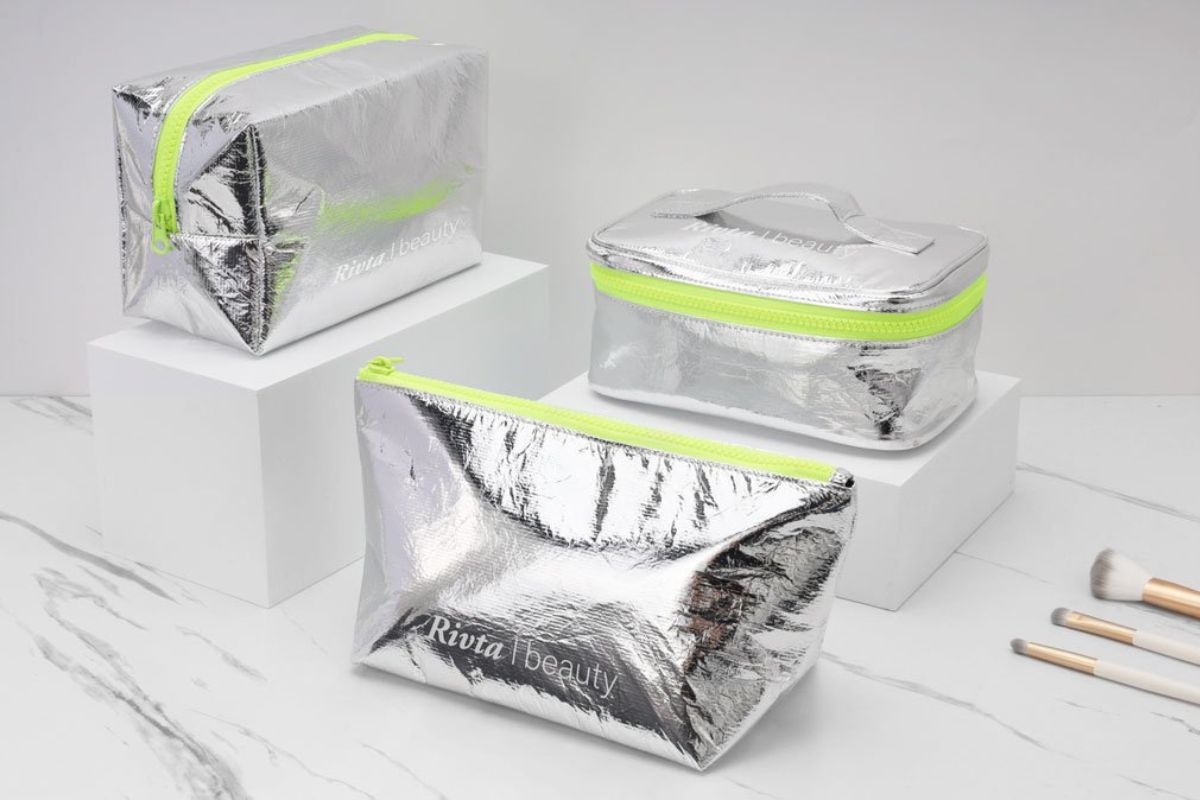Views : 1250
Author : Lina
Update time : 2022-08-05 17:01:06
How do you measure what is truly eco-friendly? Rivta seeks to be eco-friendly by recycling.
As a producer of sustainable packaging, it's really reassuring to see raw material suppliers evolve their business models to include advanced recycling as part of their push to 'recycle' as much plastic as possible. I've spent a lot of time adding recycling options. Such as recycled plastic, recycled nylon, recycled PVB, etc.
I think the benefits of recycling are even greater, it reuses valuable resources, reduces greenhouse gas emissions, and other sustainability benefits. But a lot of times, the discussion about recycling turns into a black-and-white debate: Either it's recyclable or it's not environmentally friendly. As much as I value recycling, we occasionally need to step back and ask ourselves: Is recycling the only measure of sustainability?
The answer is of course no.
The level of recycling should be: reduce, reuse, recycle. This hierarchy is designed to improve environmental sustainability, meeting our own needs without compromising the ability of future generations to meet their own needs. Environmental sustainability goes beyond recycling cans and bottles. It includes energy and natural resource use, air/water emissions, climate change, waste generation, etc.
As a manufacturing company, we typically have discussions around materials, packaging and products. In general, reduce the consumption of non-renewable energy and natural resources, reduce the emission of waste gas and waste water, and have no harmful impact on the climate and the environment; reducing the generation of waste will be the yardstick for our research, development and promotion of sustainable development;
We also call on governments and experts to study the comparative benefits, resource use, resource efficiency and carbon impacts of plastics, textiles, wood, cash crops, paper and other materials. The study will cover the entire life cycle of a material - extraction, processing, transport, production, packaging, use, handling and recycling/recycling of raw materials.
Basically, a comprehensive measure of sustainability is very useful for our day-to-day business guidance. It can contribute to sustainable material stewardship programs; it can inform brands how to choose packaging and materials for products. Even consumers can better understand the science behind sustainability.

As a producer of sustainable packaging, it's really reassuring to see raw material suppliers evolve their business models to include advanced recycling as part of their push to 'recycle' as much plastic as possible. I've spent a lot of time adding recycling options. Such as recycled plastic, recycled nylon, recycled PVB, etc.
I think the benefits of recycling are even greater, it reuses valuable resources, reduces greenhouse gas emissions, and other sustainability benefits. But a lot of times, the discussion about recycling turns into a black-and-white debate: Either it's recyclable or it's not environmentally friendly. As much as I value recycling, we occasionally need to step back and ask ourselves: Is recycling the only measure of sustainability?
The answer is of course no.
The level of recycling should be: reduce, reuse, recycle. This hierarchy is designed to improve environmental sustainability, meeting our own needs without compromising the ability of future generations to meet their own needs. Environmental sustainability goes beyond recycling cans and bottles. It includes energy and natural resource use, air/water emissions, climate change, waste generation, etc.
As a manufacturing company, we typically have discussions around materials, packaging and products. In general, reduce the consumption of non-renewable energy and natural resources, reduce the emission of waste gas and waste water, and have no harmful impact on the climate and the environment; reducing the generation of waste will be the yardstick for our research, development and promotion of sustainable development;
We also call on governments and experts to study the comparative benefits, resource use, resource efficiency and carbon impacts of plastics, textiles, wood, cash crops, paper and other materials. The study will cover the entire life cycle of a material - extraction, processing, transport, production, packaging, use, handling and recycling/recycling of raw materials.
Basically, a comprehensive measure of sustainability is very useful for our day-to-day business guidance. It can contribute to sustainable material stewardship programs; it can inform brands how to choose packaging and materials for products. Even consumers can better understand the science behind sustainability.

Related News

Clear Cosmetic Bags Wholesale: The B2B Buyer's Guide to Bulk Pricing & Factory Sourcing?
Sep .26.2025
Finding a reliable supplier for clear cosmetic bags can feel overwhelming. You face inconsistent quality and confusing pricing, making it hard to trust you're getting the best value for your brand.

Buying Cosmetic Bags in Bulk: The Complete 2025 Guide for B2B Buyers?
Sep .25.2025
Sourcing quality cosmetic bags can feel overwhelming. Finding a reliable, eco-conscious partner is even harder. This guide will help you navigate the process and find the perfect match for your brand.

The Top 7 Reasons Why Partnering with a Sustainable Custom Bag OEM Elevates Your Brand
Sep .24.2025
In a saturated market, your beauty brand needs to stand out. A high-quality, custom gift-with-purchase (GWP) is a proven way to capture consumer attention and build loyalty far beyond the initial sale.

How to Find the Ultimate Toiletry Bag Manufacturer for Your US Business in 2024?
Sep .24.2025
Finding a reliable supplier can feel impossible. You're dealing with inconsistent quality, poor communication, and delays. This guide will show you how to find the perfect manufacturing partner for your brand.

















